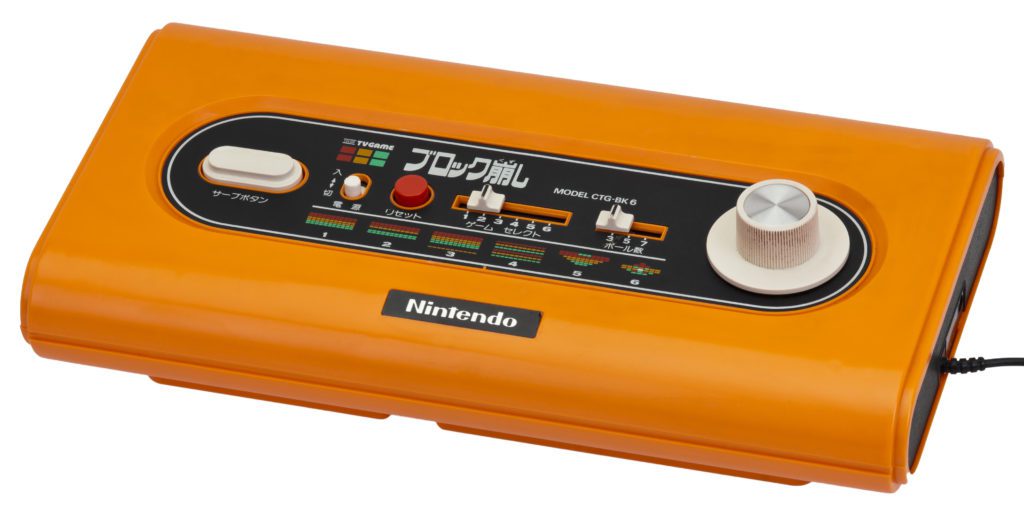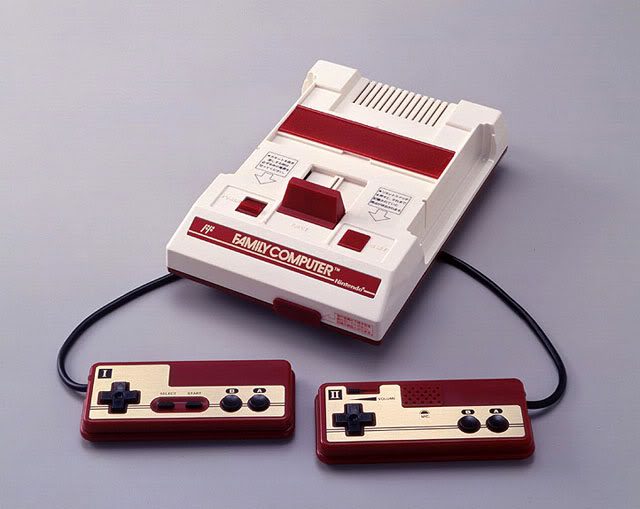The Future of Nintendo is upon us. And it’s called the “Switch”. True to it’s name, this new addition to the gaming landscape will blur the lines between home console and portable gaming device.
But this isn’t the first time the company has set out to revolutionise the industry. So we thought it would be fitting to have a look back at the console that transformed them into a titan of home gaming & established Nintendo as a household name – The Nintendo Entertainment System, or NES for short.
First things first – Nintendo 101 (briefly): Originally founded as a small Kyoto based company in 1899, the company produced hand-painted playing card used in Hanafuda, a game popular in Japan at the time. By the 1960’s they diversified into several (questionable) ventures. These included toys, noodles and a chain of (huh-hum) pay by the hour hotels.

However, none of these interesting ventures stuck and Nintendo was in some hot financial water. Cue engineering genius Gunpei Yokoi. With his invention of the light gun (most popular for its use in the massacre of millions of pixilated ducks), Nintendo was able to make the leap into electronics. A string of successes followed, including the originally named “The Colour TV Game” and The “Game & Watch”, which sold over 43 million units worldwide before it was finally discontinued in 1991.
Australia and North America was introduced to Nintendo through their manufacture and distribution of arcade games in the early -1980’s. Starting with a not so popular space invader rip off, to the immensely popular Donkey Kong staring the titular character as the antagonist and introducing us to the hero “Jump Man”. Other success included Donkey Kong Jr. and, of course, Mario Bros.
Now for the good part. As the company’s response to the growing popularity of at-home video game consoles in the late 1970’s – early 80’s, the NES was conceptualised. Initially dubbed the “Family Computer” or simply “Famicom” in Japan, the console sold millions of copies in the land of the rising sun – but on the other side of the world, the gaming industry had taken a nosedive.

In true Nintendo fashion, everything needed to be perfect and perfection takes time. But by the time Nintendo was ready to start shipping across the Pacific the infamous video game crash of 1983 was in full swing. Brought into being from a combination of factors such as the tonne of overpriced and underwhelming gaming consoles, horrendous games manufactured by third party developers and customer confusion stemming from dishonest box art *cough* E.T *cough*. Eventually the gaming public couldn’t take anymore and the industry was buried in failure, literally.
As a side effect of the bust, retailers flat out refused to stock game consoles for fear of being burned again (fool me once and all that). But Nintendo, undeterred by this challenge knew that if they could crack the industry they would rule. So, with a sleek new shell the Famicom was transformed and the Nintendo Entertainment System was born.
Nintendo has always been known for doing things by their own rules, and the release of the NES was no exception. For its North American launch in October 1985 (Australians didn’t get their hands on the system until 1987 when it was distributed by Mattel, unfair!) they were determined to distance themselves from their failed industry predecessors. Nintendo used creative advertising tactics to market this system to us jaded westerners. They “switched” up the terminology associated with home gaming altogether (see what I did there?).

No, this shiny new thing was not a mere console – it was a control deck, it was an “entertainment system” and it was revolutionary.
In addition to strong marketing they also had a strong line up of launch titles featuring box art that accurately represented the graphics of the game inside. Meaning the little dude on the cover of Super Mario Bros. was almost an exact representation of the little guy you got to play as. Mind Blown!
But all was for nought, as the stores still weren’t picking up what Nintendo was putting down. In a gutsy stroke of genius (or desperation) and in an effort to cash in on Christmas 1985, the head of Nintendo North America, Minoru Arakawa, assured retailers in New York that Nintendo would buy back all unsold consoles in the new year. And it actually worked and more than 50,000 copies sold that month.
Because of their perseverance, innovation and clever approach to marketing, the NES resurrected the seemingly dead home console market, leading to the company’s dominance for almost 2 decades. It’s hard to understate just how significant the NES was for the gaming industry. It pioneered a gaming format, provided a platform to launch many iconic hits, and made Nintendo the titan it still is today.
So, let’s get nostalgic. What are some of your fondest gaming memories?



